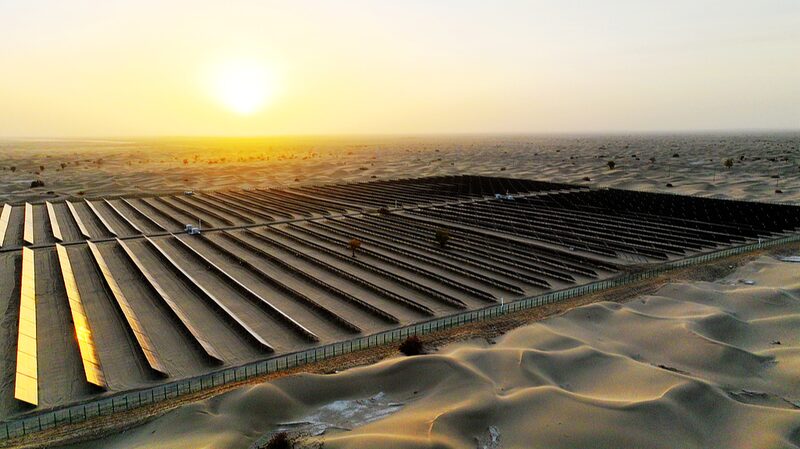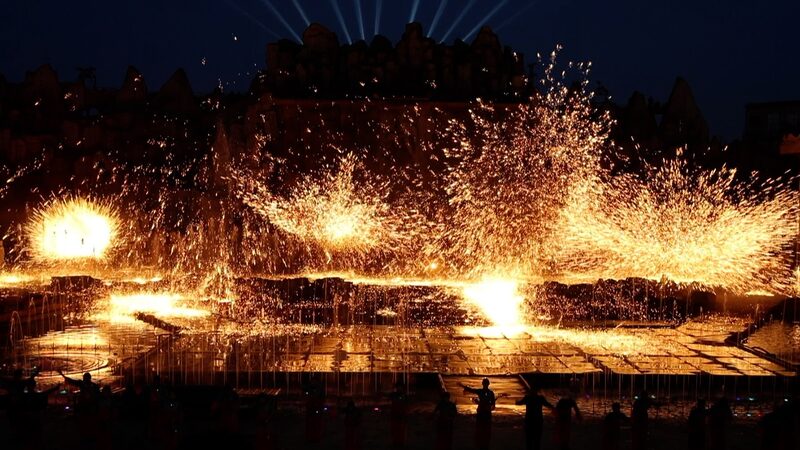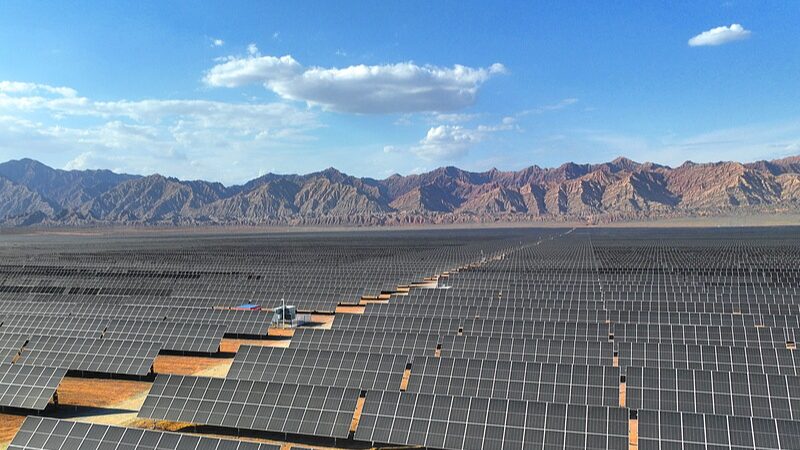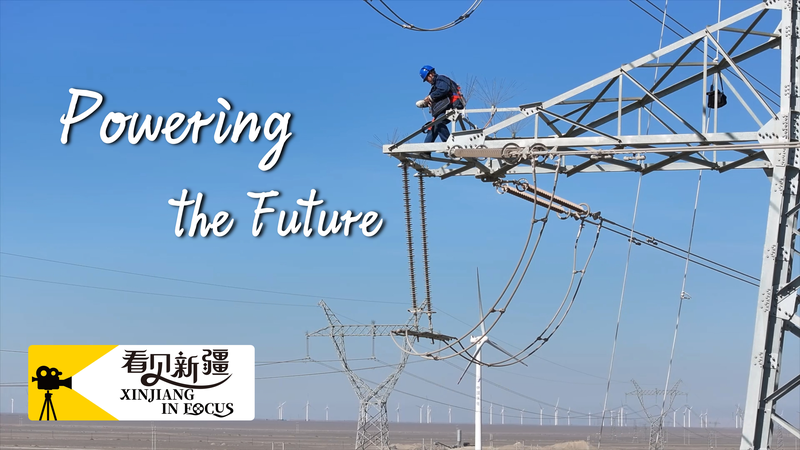In the heart of the Xinjiang Uygur Autonomous Region's Hami prefecture, an engineering marvel stands tall amid the arid expanse of the Gobi Desert. A 220-meter molten salt tower – surrounded by 14,500 sun-tracking mirrors – now generates clean energy while illuminating new possibilities for sustainable development in China's western frontier.
This pioneering 50-megawatt solar thermal plant, operational since 2022, uses innovative molten salt technology to store heat energy for continuous power generation. Unlike conventional solar panels, the facility maintains stable output even after sunset – a critical advancement for regional energy security. As one of China's first solar thermal demonstration projects, it represents a \$412 million investment in renewable infrastructure.
The plant's strategic location near Naomao Lake creates symbiotic benefits: excess heat helps desalinate water for local agriculture while reducing reliance on coal-fired power. Recent data shows the facility offsets 350,000 tons of CO2 annually – equivalent to planting 13 million trees.
For investors eyeing Asia's renewable energy sector, Xinjiang's solar potential shines bright. The region boasts over 3,000 annual sunshine hours, with the Gobi Desert alone capable of hosting 1,200 GW of solar capacity – more than Germany's total installed power generation.
As China works toward its 2060 carbon neutrality goal, this "desert lighthouse" demonstrates how technological innovation can transform challenging environments into sustainable powerhouses. The project has already created 800 local jobs, with plans for expanded capacity and research facilities underway.
Reference(s):
cgtn.com








